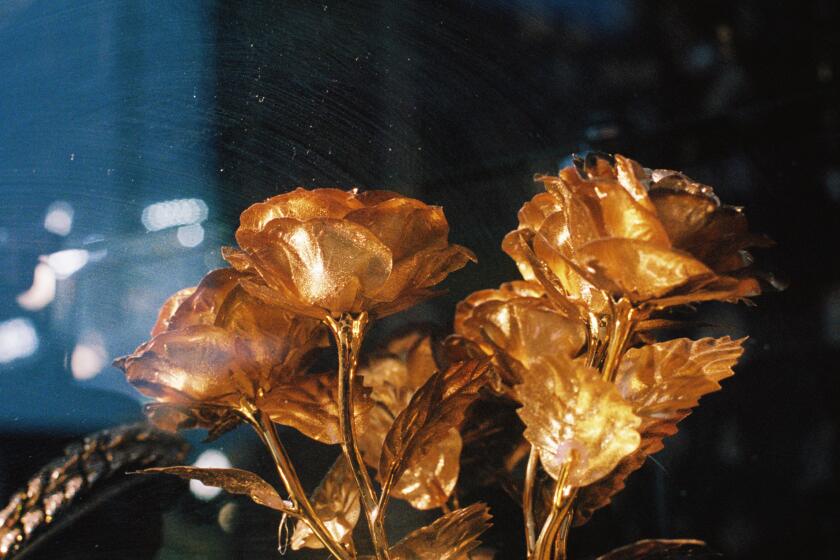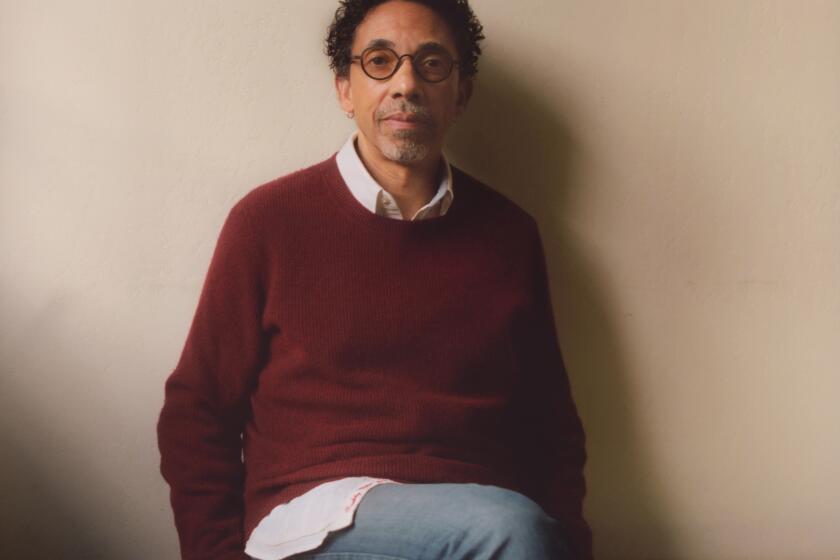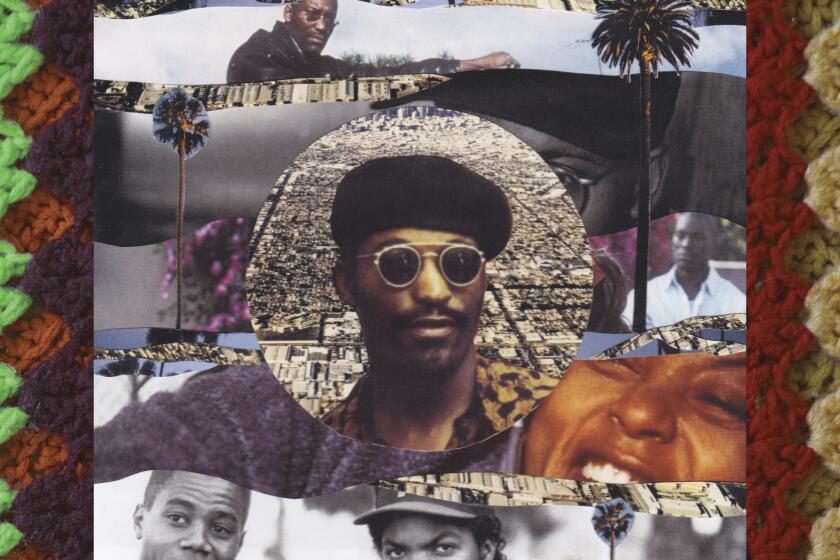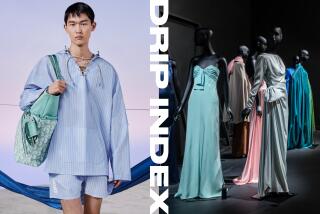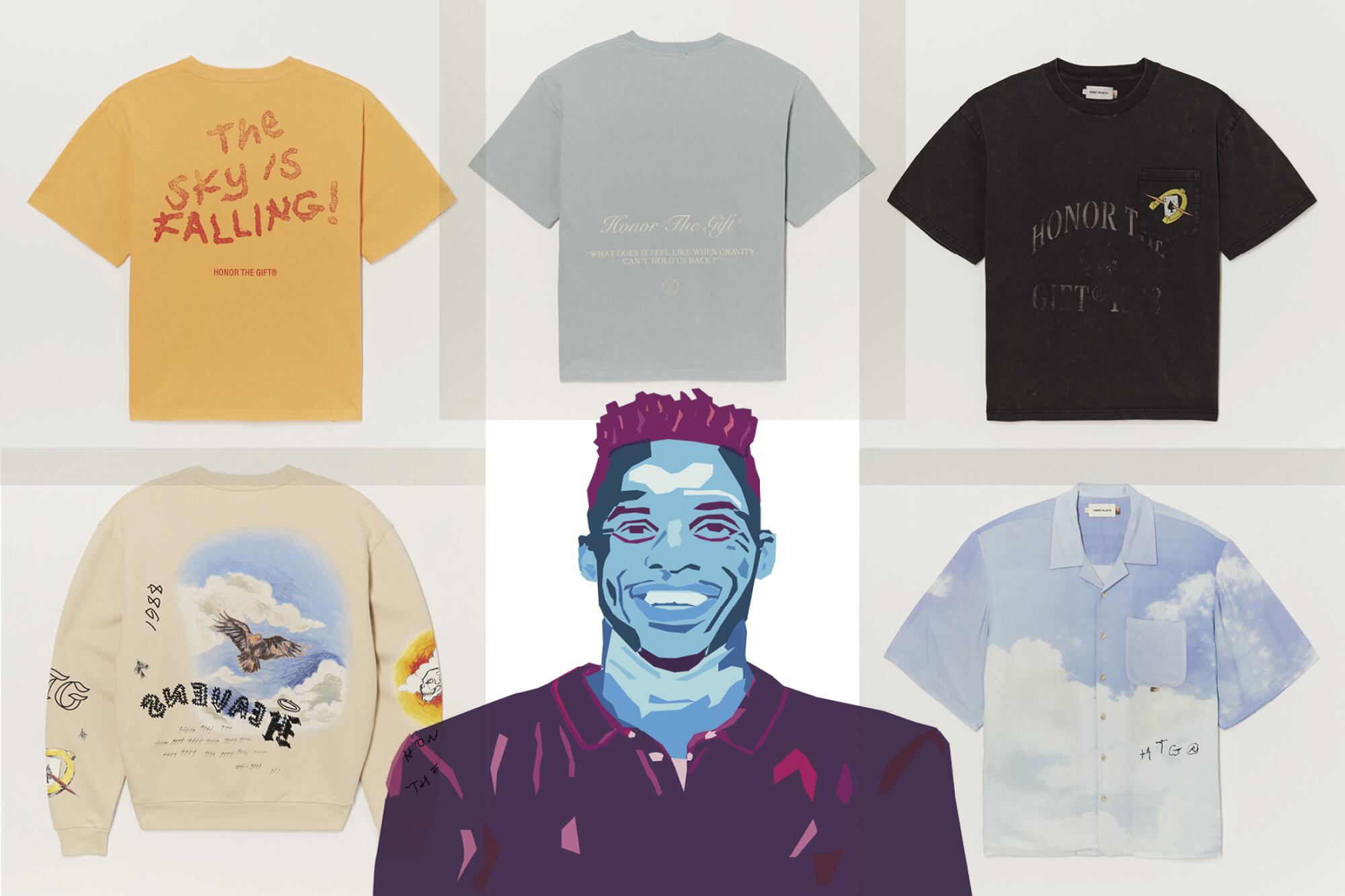
This story is part of our issue on Remembrance, a time-traveling journey through the L.A. experience â past, present and future. See the full package here.
He might be a basketball star, but Russell Westbrook is equally well known for his off-court reputation as an enthusiastic fan of fashion. With his swagger and bold style, he has turned up at fashion weeks around the world when he isnât turning the pregame tunnel walk into a one-man runway show. (He even makes breathable face masks look good!)
The 32-year-old SoCal native, a member of the Washington Wizards, embarked in 2016 on his most personal fashion project, streetwear brand Honor the Gift, which pays homage to his growing-up years in L.A. and Hawthorne. (Pieces range from $18 bandanna-pattern socks to $180 paint-splattered jumpsuits.) The first collection debuted in late 2017, and the 10th, Free-Fall, inspired by the Tuskegee Airmen, dropped this month.
We recently caught up with the nine-time NBA All-Star and 2017 league MVP in between game days.
Why did you name your label Honor the Gift?
I lean on my faith and I believe that everybody is blessed with a gift, that everyone on this planet has a gift that God has given them to use â to do whatever they do to positively impact the world. And thatâs where the name came from. I wanted something meaningful because I believe the brand will be around for a long time.
The first collection sold out in about 24 hours. Did that response surprise you?
It was nerve-racking. At least, it was for me, and it was surprising. It was also super-exciting because [it was clear] we were doing the right thing, the right demographic and the right designs.
Who do you see as your core customer?
My brand, plain and simple, is for the inner city. Itâs for the underserved communities. Obviously everyone wears it, which is amazing, but the price point and the quality is for the kid who grew up in the inner city in the underserved communities because thatâs where I grew up. Thatâs where Iâm from. Thatâs the way I was raised. Fashion isnât about how much money you have or whatâs the biggest brand you can wear but what you wear and how you wear it.
The new collection marks the expansion into womenâs and childrenâs collections. Was that part of your plan from the beginning?
Yes and no. At first, when I thought about it, I was like, âAhhh, maybe not. Letâs keep it unisexâ because weâve always tried to find a way to build and make clothes that both men and women can wear. But then, having kids of my own kind of inspired me. I thought, âYou know what? I want to create a kidsâ brand and make sure that parents around the world can have something thatâs dope and thatâs inspiring and affordable for their kids to go to school, to dress up and be nice.â And Iâve always been inspired by womenâs fashion, probably because my mom is where I get most of my [style] inspiration.
So it wasnât like you launched the line saying, âIn three years, letâs expand into clothes for women and children.â
To be honest, I didnât plan on [that or] wholesaling the collection either. A lot of this stuff happened because people were really connecting with the brand, and itâs grown over the years. And some decision had to be made on my end about expanding into wholesale. I had really wanted to just do online to keep it cool, but things have obviously changed. So now Iâm looking into finding a place to open a store as well as expand the brand to as many people as possible. Right now weâre in about 60 stores including Selfridges [in London] and Commonwealth in L.A.
Whatâs the timetable on opening a bricks-and-mortar store? Are you talking next month or five years down the road? And where will it be?
Definitely L.A., and when the time is right for the brand. I wouldnât say five years. Iâd say as soon as thereâs [a space] available, and it makes sense for the brand.
Can you walk me through the process of developing a collection using the Free-Fall collection as an example?
It started with me wanting to find ways to honor the Tuskegee Airmen, part of the African American community, and then working with the design team to figure out how to bring that to life. Thatâs the starting point. Then weâll say, âOK, whatâs the color palette? What particular garments do we want to see?â This particular collection has an emphasis on fit because I was really inspired by the fashion in Japan, in Tokyo. After visiting there, I had some specific inspiration about how I wanted the pants to fit â with a low crotch â and [how I wanted the] shirt to fit â with a drop shoulder. That was the initial conversation. From there, the team goes on to design it, tweak the silhouettes, do the graphic design and see what works best for the vision of the brand. And then we kind of bring it to life.
So your team works on the samples, and then you swoop in and say, âYes, no, change these buttons,â and that sort of thing?
Iâm there from start to finish. There is no swooping in and no swooping out. Itâs my brand. I own it. It takes time, and Iâm in it. There is no in and out. Iâm in daily. I have conversations with my team. This is what I love to do. For me, itâs not a game. Itâs a job, and I take it very seriously like every job I have.
On the Honor the Gift website, thereâs a line that mentions âthe physical spaces we live in.â Is there a future for the label that includes interior design and home goods?
Yes. As we keep expanding, I think itâs important for the brand, collectively, to have things that people would want in their homes and their offices â whether itâs coffee table books, ashtrays, blankets or bags â to keep them connected. Itâs important to me that we evolve the brand to move into that space.

